H62黄铜薄板尺寸效应及微拉深成形性能的研究
摘要随着微机电系统(MEMS)和微电子工业的发展,微型产品得到了飞速的发展和广泛的应用。产品微型化已成为一种趋势,已成为精密仪器、数码产品、医疗器械以及航空航天等领域的研究热点,是人们认识和把握微观世界的高新技术之一MEMS技术的发展对微型构件的微成形技术带来挑战,然而微细塑性成形技术并不是传统塑性成形工艺的简单等比例缩小,而是一个崭新的研究领域。而由于试件尺寸减小所引起的尺寸效应现象亦不容忽视。尺寸效应使得材料的流动应力、各向异性、延展性和材料的成形极限等都发生了变化,同时也影响着金属板材的成形性能。本文根据微细塑性成形技术特点及发展现状,采用微拉伸试验与数值模拟技术相结合的方法,对H62铜...
相关推荐
-
我国基层财政困难的制度成因分析与对策研究VIP免费
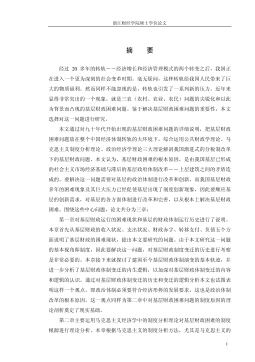
 2024-09-20 33
2024-09-20 33 -
我国煤电产业链纵向交易合约机制研究VIP免费
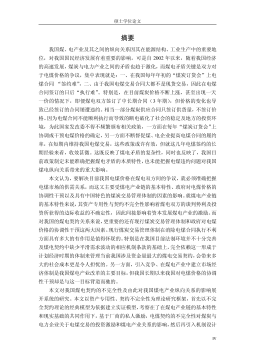
 2024-09-20 28
2024-09-20 28 -
生产要素视角下的上海市产业结构优化研究VIP免费
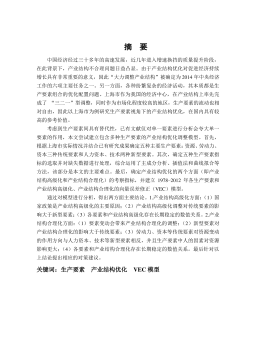
 2025-01-09 7
2025-01-09 7 -
我国银行业结构与经济结构关系研究VIP免费
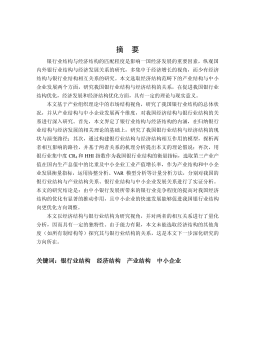
 2025-01-09 7
2025-01-09 7 -
大数据视角下农业供应链金融研究VIP免费

 2025-01-09 6
2025-01-09 6 -
跨国大型综合超市的规划研究VIP免费
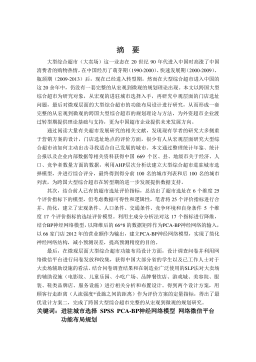
 2025-01-09 6
2025-01-09 6 -
跨境电商农产品质量安全问题研究VIP免费
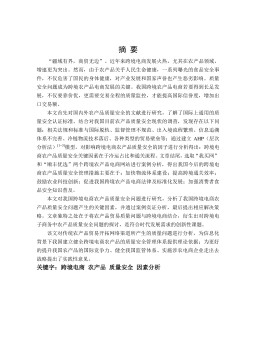
 2025-01-09 7
2025-01-09 7 -
世界市场的虚拟化与我国国际电子商务发展方向研究VIP免费
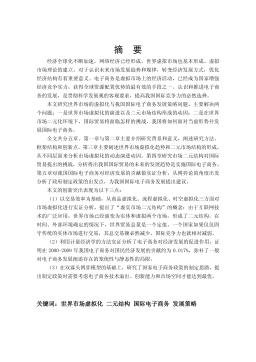
 2025-01-09 9
2025-01-09 9 -
中国政府对电力行业的价格规制问题研究VIP免费
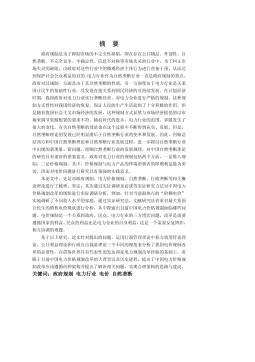
 2025-01-09 13
2025-01-09 13 -
中小企业信息化系统集成技术研究VIP免费

 2025-01-09 13
2025-01-09 13
相关内容
-

跨国大型综合超市的规划研究
分类:高等教育资料
时间:2025-01-09
标签:无
格式:PDF
价格:15 积分
-

跨境电商农产品质量安全问题研究
分类:高等教育资料
时间:2025-01-09
标签:无
格式:PDF
价格:15 积分
-

世界市场的虚拟化与我国国际电子商务发展方向研究
分类:高等教育资料
时间:2025-01-09
标签:无
格式:PDF
价格:15 积分
-

中国政府对电力行业的价格规制问题研究
分类:高等教育资料
时间:2025-01-09
标签:无
格式:PDF
价格:15 积分
-

中小企业信息化系统集成技术研究
分类:高等教育资料
时间:2025-01-09
标签:无
格式:PDF
价格:15 积分





